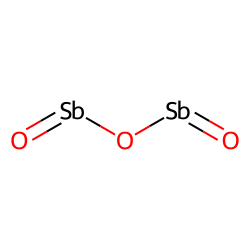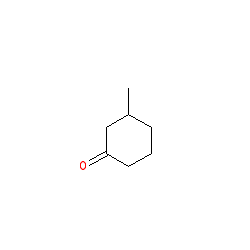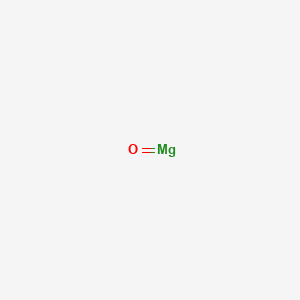


Bispyribac-Sodium is a selective, systemic, post-emergence herbicide belonging to the pyrimidinylthiobenzoate chemical class. It is formulated as a 10% Suspension Concentrate (SC) for effective control of grasses, sedges, and broadleaf weeds in rice cultivation. The herbicide functions by inhibiting the enzyme acetolactate synthase (ALS), crucial for the biosynthesis of branched-chain amino acids in plants, leading to growth cessation and eventual plant death.


Bispyribac-Sodium is a selective, systemic, post-emergence herbicide belonging to the pyrimidinylthiobenzoate chemical class. It is formulated as a 10% Suspension Concentrate (SC) for effective control of grasses, sedges, and broadleaf weeds in rice cultivation. The herbicide functions by inhibiting the enzyme acetolactate synthase (ALS), crucial for the biosynthesis of branched-chain amino acids in plants, leading to growth cessation and eventual plant death.

.3d8f8f41.svg)
Agrochemicals
.3556d45a.svg)

Crop Protection & Pest Control


Herbicides
Included in Quote
Included in Quote
Included in Quote
Included in Quote
.7767eb0f.png)

Chemical Properties & Specifications
Effectively controls a broad spectrum of weeds, including grasses, sedges, and broadleaf species, in rice paddies.
It inhibits the acetolactate synthase (ALS) enzyme in plants, disrupting the biosynthesis of essential amino acids, leading to growth inhibition and weed death.
It is effective against grasses, sedges, and broadleaf weeds commonly found in rice fields, including barnyard grass (Echinochloa spp.) and Monochoria.
Yes, it is selectively designed for use in rice paddies and does not harm the crop when applied at the recommended dosage.
It should be applied post-emergence when weeds are actively growing, ensuring thorough coverage for optimal control.
The recommended application rate varies based on weed species and crop growth stage; consult the product label or agronomic guidelines for precise dosage.
Yes, it exhibits rainfast properties within a few hours of application, maintaining efficacy under variable weather conditions.
It acts as an ALS inhibitor, disrupting amino acid biosynthesis and leading to weed suppression.
It has moderate persistence and degrades over time, reducing long-term environmental impact.
Users should wear gloves, protective clothing, and eye protection to minimize exposure risks.

CAS No. : 1309-64-4
Category : Inorganic compound
Sub-Category : Flame retardants
Description: Antimony trioxide (Sb2O3) is an inorganic compound commonly used as a flame retardant and as a catal...

CAS No. : 36306-87-3
Category : Fragrance Ingredients
Sub-Category : Aroma Chemicals
Description: Kephalis is widley used in many industries. It plays a key role in the production of resins, coating...

CAS No. : 100-68-5
Category : Pharmaceutical Actives & Precursors
Sub-Category : Intermediates & Precursors
Description: Thioanisole is a colorless to light yellow liquid with an aromatic odor. It serves as a valuable int...

CAS No. : 1309-48-4
Category : Inorganic compound
Sub-Category : Magnesium compounds
Description: Magnesium oxide, commonly known as magnesia, is a white hygroscopic solid mineral that occurs natura...

CAS No. : 100-44-7
Category : Organic Intermediate
Sub-Category : Reagents
Description: Benzyl Chloride is a colorless to pale yellow liquid with a pungent odor. It is primarily used as an...